I had never heard of the Adverse Childhood Experiences (ACE) Study until I read The Body Keeps the Score. As I learned more about the ACE Study, I was amazed to see how accurate it was in predicting the likelihood of struggling with food, weight, alcohol and drugs simply by identifying and adding up the different types of adversity I experienced growing up.
The original ACE Study was conducted by Kaiser Permanente and the CDC-Center for Disease Control, and was published in 1998. In it, 17,000 Kaiser Permanente health plan members agreed to answer yes or no to ten questions regarding whether they’d experienced the most common types of childhood traumas or adversities before age eighteen.
I was shocked the first time I saw how much higher the risk factors are for those of us with ACE scores of 4 or higher compared to people with ACE scores between 0-3 for developing obesity, addictions, and mental health disorders in adulthood.
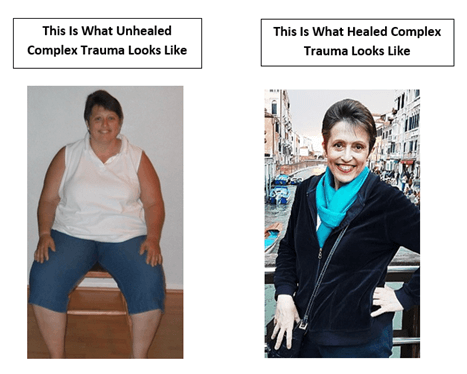
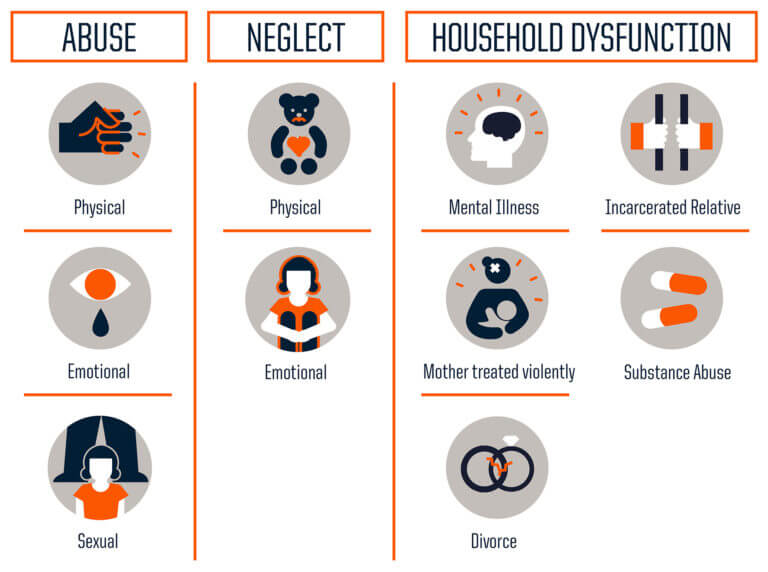
A person’s ACE score can range from 0 to 10. Each type of trauma or adversity counts as one ACE, regardless of how many times it occurred. ACE study co-founders Dr. Robert Anda and Dr. Vince Felitti knew that there were many other ACEs than those they included in the original ACE study. They settled on the original 10 questions because they were identified as the most common ACEs.
The higher the ACE score, the more types of adversity or trauma the person experienced during childhood.
The goal of the ACE study was to see if higher ACE scores were linked to higher levels of negative health, behavioral, or social outcomes later in life.
The outcome of the ACE Study was staggering. Below are just a few pieces of data from the first 1998 ACE Study. Out of the 17,000 surveyed:
The first ACE Study was done in a San Diego community composed of primarily white, college educated, middle to upper-middle-income families with health insurance. The average age of participants was fifty-seven.
The ACE Study revealed that even children from middle to upper-middle-income families experience significant adversity and trauma. In other words, trauma does not discriminate and can happen to any child regardless of socioeconomic status, race, or religion.
Subsequent ACE studies have been conducted in various communities worldwide. They have generated consistent outcomes, revealing that childhood adversity and trauma are extremely common and impact every community. Although the ACE Study proved that nobody is immune to childhood adversity or trauma, subsequent ACE studies have shown higher ACE scores in poor and marginalized communities.
Once children with high ACE scores (four or higher) become adults, they often cope with their traumatized nervous systems and virulent inner critic by drinking, overeating, doing drugs, smoking, and other highrisk behaviors.
But for survivors, these behaviors aren’t the problem; they’re an attempt at a solution. This is why telling someone with a high ACE score that their eating, drinking, or smoking is bad for them isn’t likely to change their behavior. In truth, these behaviors are their best attempt at regulating a brain, body, and mind chronically dysregulated by childhood trauma.
I was shocked the first time I saw how much higher the risk factors are for those of us with ACE scores of 4 or higher compared to people with ACE scores between 0-3 for developing addictions, obesity, and mental health disorders in adulthood.
(I have bolded the outcomes I’ve experienced)
As someone with an ACE score of 6, I initially felt relieved after learning about the link between ACEs, addiction, and mood disorders since it confirmed my addictions and mental health issues were never my fault to begin with. Yet it also made me really sad. I couldn’t help but wonder, Why couldn’t I have been born to more functional parents?
After all, the ACE study proves I probably wouldn’t have struggled with my weight or suffered from any addictions if I had zero or just a couple of ACEs. I know it’s water under the bridge, but it’s hard not to feel ripped off when you see how heavily the deck is stacked against you to experience so many negative outcomes and so much suffering compared to those with zero or just a couple of ACEs.
The following ten ACE Study graphs illustrate how my ACE score of 6 predicted the negative outcomes listed below. After each graph title, I share how each specific outcome impacted my life and its status today.
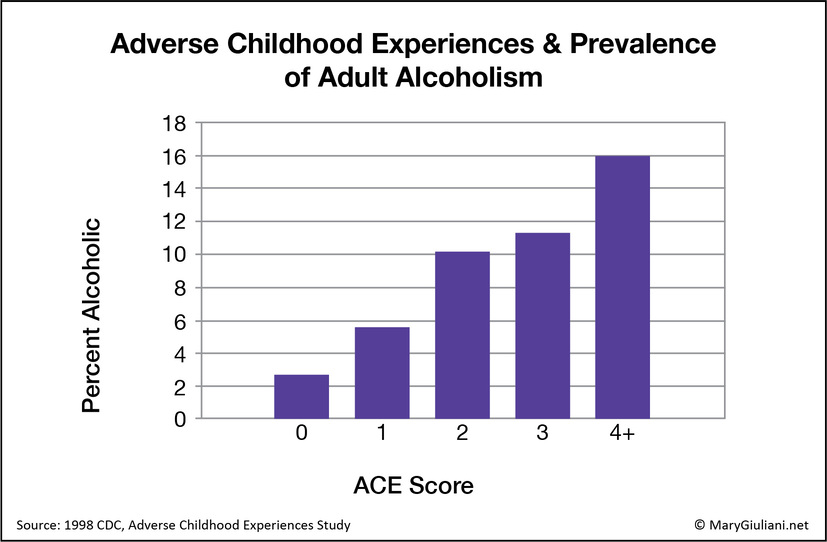
I developed a severe alcohol use disorder when I was sixteen and have been in long-term recovery for several decades.

I used several illicit drugs as an adult and am now in long-term recovery.
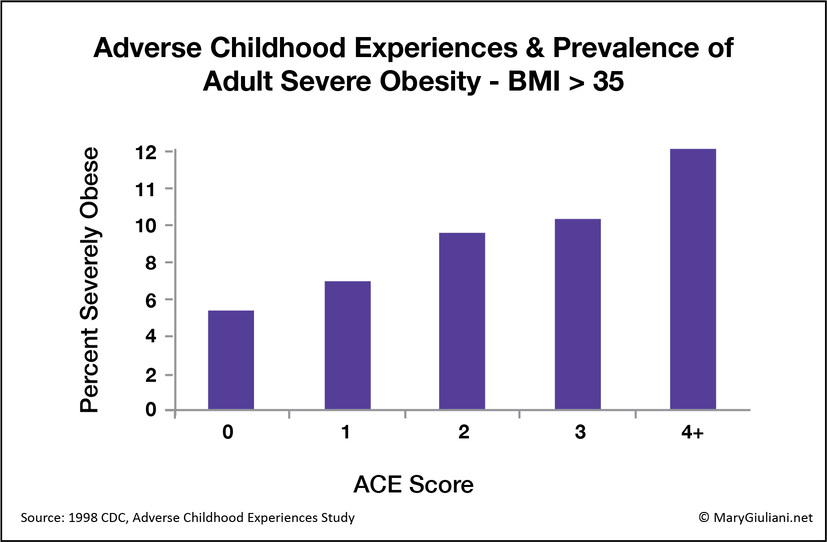
Since age six, I struggled with food and weight and became severely obese as an adult. At forty-two, I had gastric bypass weight-loss surgery and lost 160lbs. Between having surgery, doing family of origin & trauma healing work, and creating healthy food, exercise, and self-care plans, I have maintained a healthy weight for over two decades.
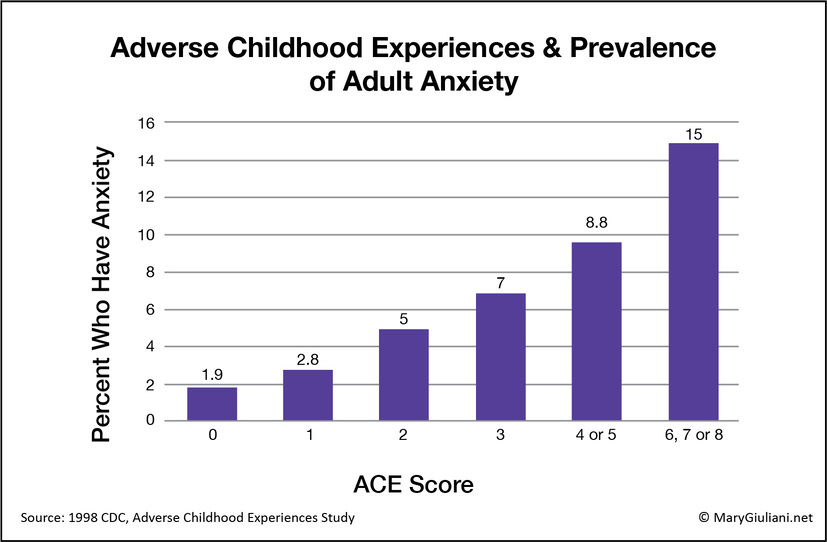
In 1994, I was diagnosed with generalized anxiety disorder and have successfully managed it with antidepressant medication, self-care, and trauma recovery practices and therapies.
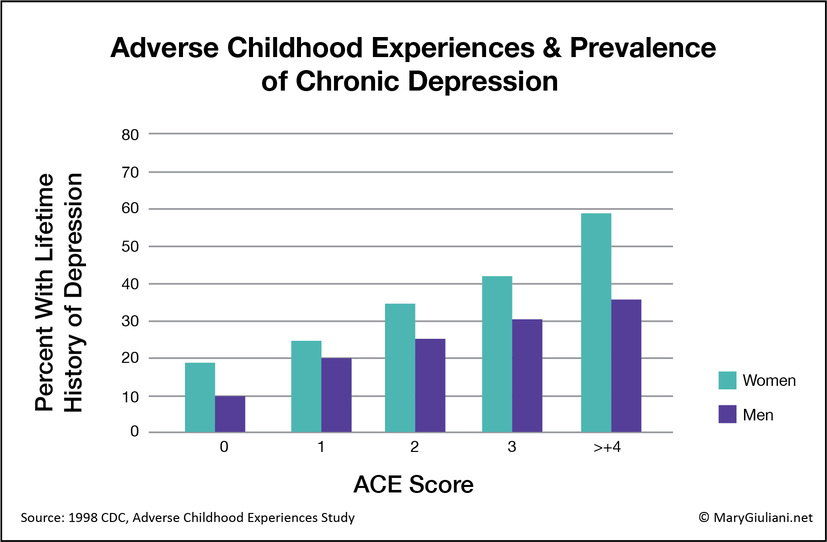
I was diagnosed in 1994 with dysthymia, which is persistent depression. I have successfully managed it with antidepressants, self-care, and trauma recovery practices and therapies.
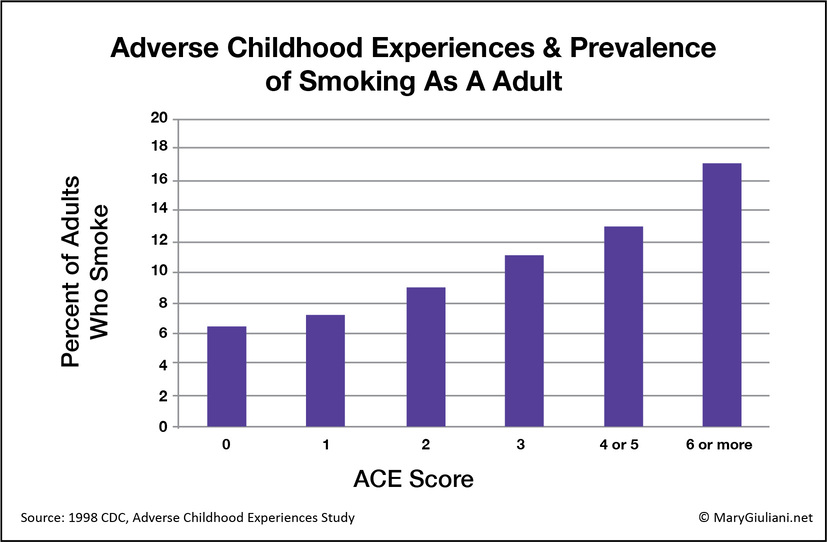
I began smoking cigarettes at age fifteen and continued until twenty-seven. I used the patch to quit and have been a nonsmoker for several decades.
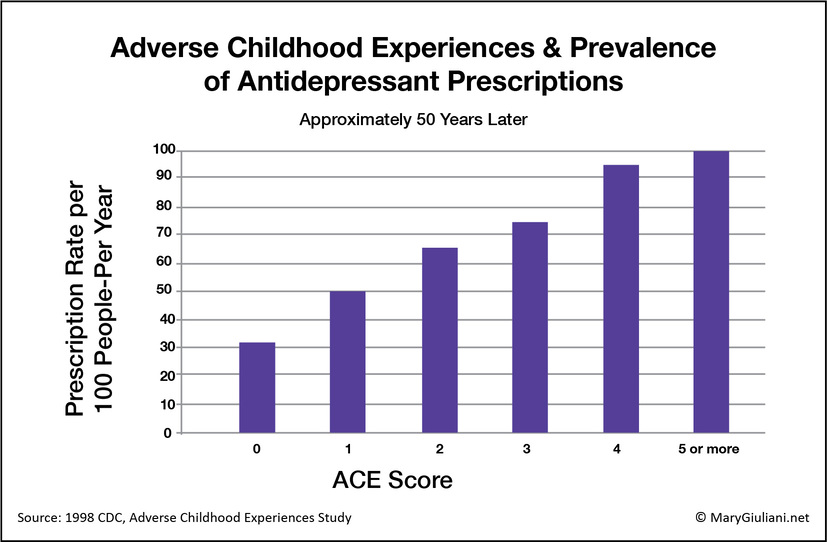
I’ve managed my anxiety and dysthymia using antidepressant medication for about 25 years. I also use self-care, family or origin work, trauma recovery practices, and therapies to manage my mental health.
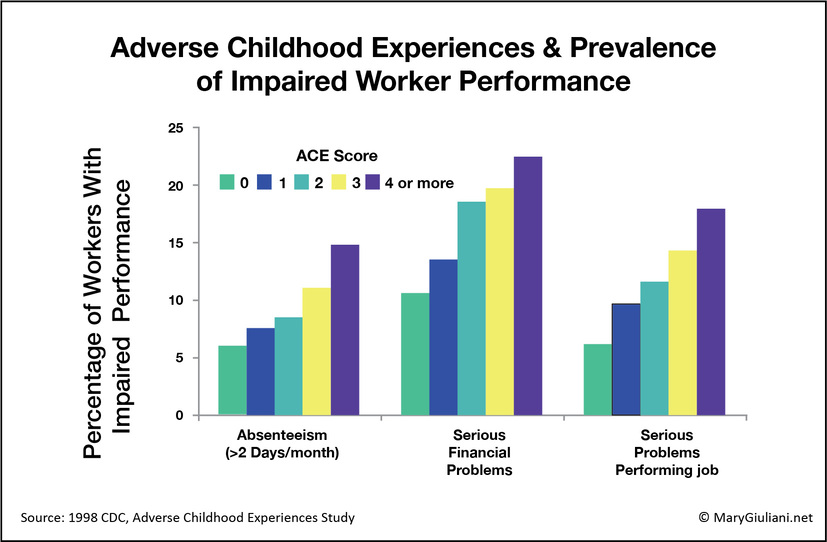
When I was actively addicted to alcohol and marijuana, I called in sick several times a month due to hangovers. My work performance and my financial stability also suffered from my active addictions. Since I’ve been in long-term recovery, I’ve completely turned around my work performance and have been financially stable for several decades.
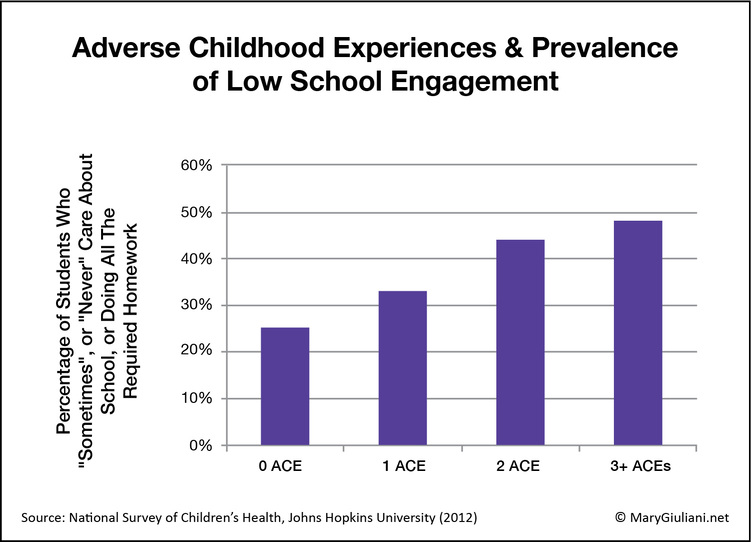
School was difficult for me as a child due to my impaired ability to focus, sleep deprivation, and fear of abusive bullies. In high school, I skipped school due to hangovers and my mom keeping me up, to where I came close to lacking the credits to graduate. Since I struggled so much with school, I grew to hate it and, as a result, opted out of college.
When I was fifty-two, I developed CRPS-complex regional pain syndrome, a chronic pain condition. The burning pain in my feet became so debilitating I opted to have a spinal cord stimulator implanted in my spine for pain management. Thankfully, I’ve been relatively pain-free for the past ten years. I had no idea at the time that my high ACE score meant my chances of developing a chronic pain condition were 2-3 times that of someone with zero or just a few ACEs.
According to an article by W. Jackson, Connecting the Dots: How Adverse Childhood Experiences Predispose to Chronic Pain. Pract Pain Manag. 2020;20(3), multiple studies from around the globe have shown a dose-response relationship between ACEs and later development of chronic pain. The presence of such early trauma appears to confer a two- to three-fold risk of later development of chronic pain.
It was overwhelming and depressing when I first began to process all I had learned about ACEs. It was shocking to see how much havoc simply being raised in a family like mine had caused in my life. Yet, once I took the time to learn more about ACEs, it was reassuring to learn that most of the negative outcomes are preventable or can be turned around with the right support.

My story exemplifies that someone with an ACE score of 6 can overcome the adversity from their childhood and go on to lead a healthy, happy life with meaningful relationships and a fulfilling career.
The most beneficial thing I’ve done to prevent or turn around negative ACE-related outcomes was to get the support I needed to stop my high-risk coping behaviors (drinking, smoking, using and overeating) and replace them with healthier alternatives and a resilience-building lifestyle.
I go into great detail of how I’ve been able to get and stay sober, reach and maintain a healthy weight and forge and maintain healthy relationships in the C-PTSD and recovery workbook section of my book It’s Not About Food, Drugs, or Alcohol: It’s About Healing Complex PTSD.

Learn How To Heal From Complex PTSD
Learn How To End Your Struggle With Food, Weight, Substances & Relationships
